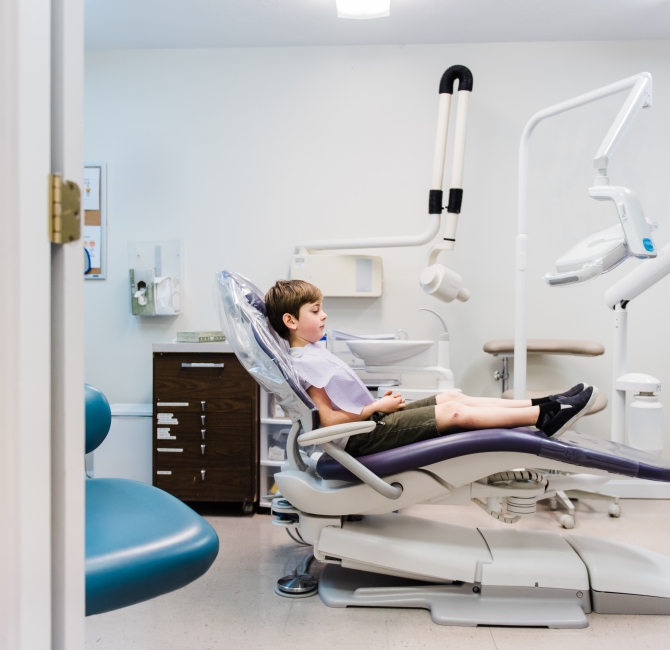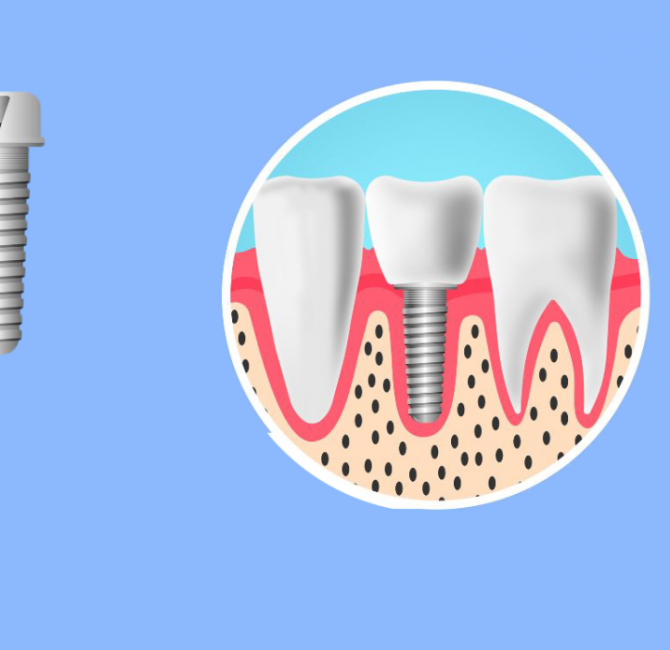The introduction of artificial intelligence (AI) in oral healthcare has transformed various specialties, including orthodontics. AI has demonstrated impressive results in improving the precision of diagnoses, treatment planning, and predicting treatment outcomes. The global adoption of AI in orthodontic practices has increased due to the availability of various AI applications and tools.
This review article examines the principles of AI, its applications in orthodontics, and its implementation in clinical practice. It specifically focuses on AI applications in dental diagnostics, cephalometric evaluation, skeletal age determination, temporomandibular joint (TMJ) evaluation, extraction and orthognathic surgery decision-making and planning, treatment outcome prediction, and client telemonitoring.
AI has demonstrated high efficacy in these areas, but differences in performance and the requirement for manual oversight indicate the need for caution in clinical settings. The complexity and unpredictability of AI algorithms necessitates careful implementation and regular manual validation. Continuous AI learning, appropriate governance, and addressing privacy and ethical concerns are essential for successful integration into orthodontic practice.
Furthermore, despite the wide range of available products, there is still limited scientific evidence regarding the validation and effectiveness of AI products in orthodontics. Though various AI tools have generally shown optimistic results, the issues highlighted in this review underscore the need for considerable caution when introducing AI into daily practice.



